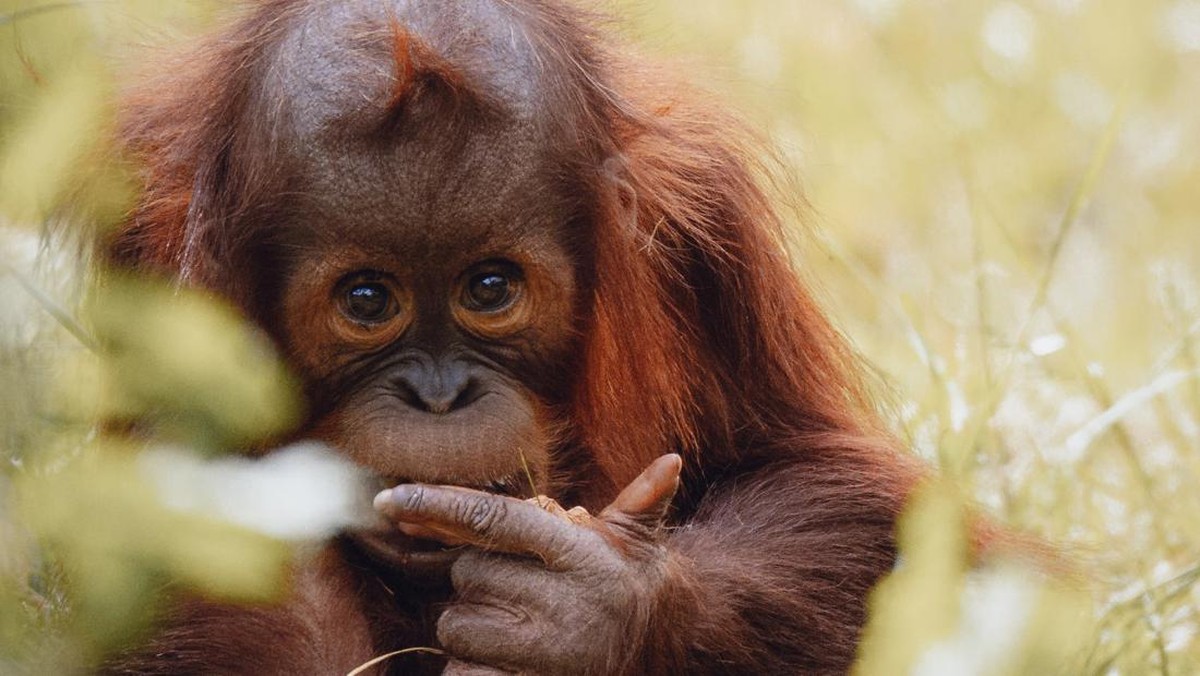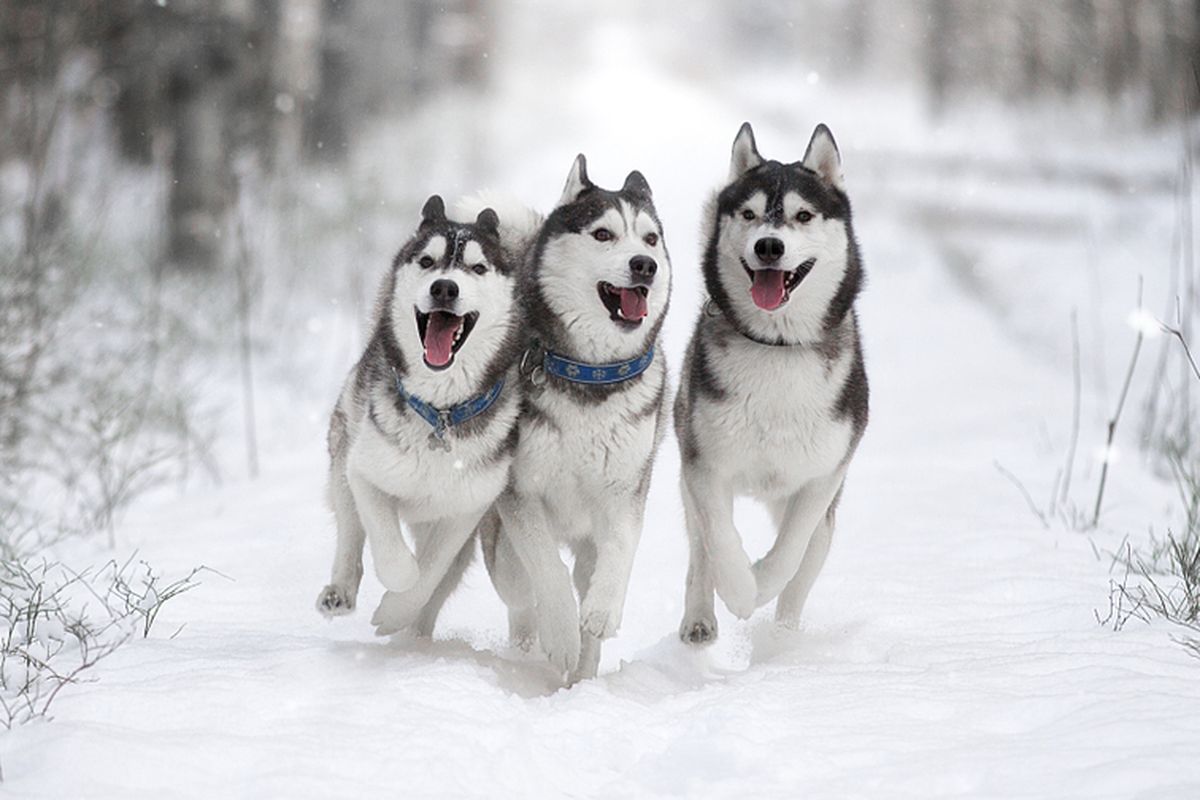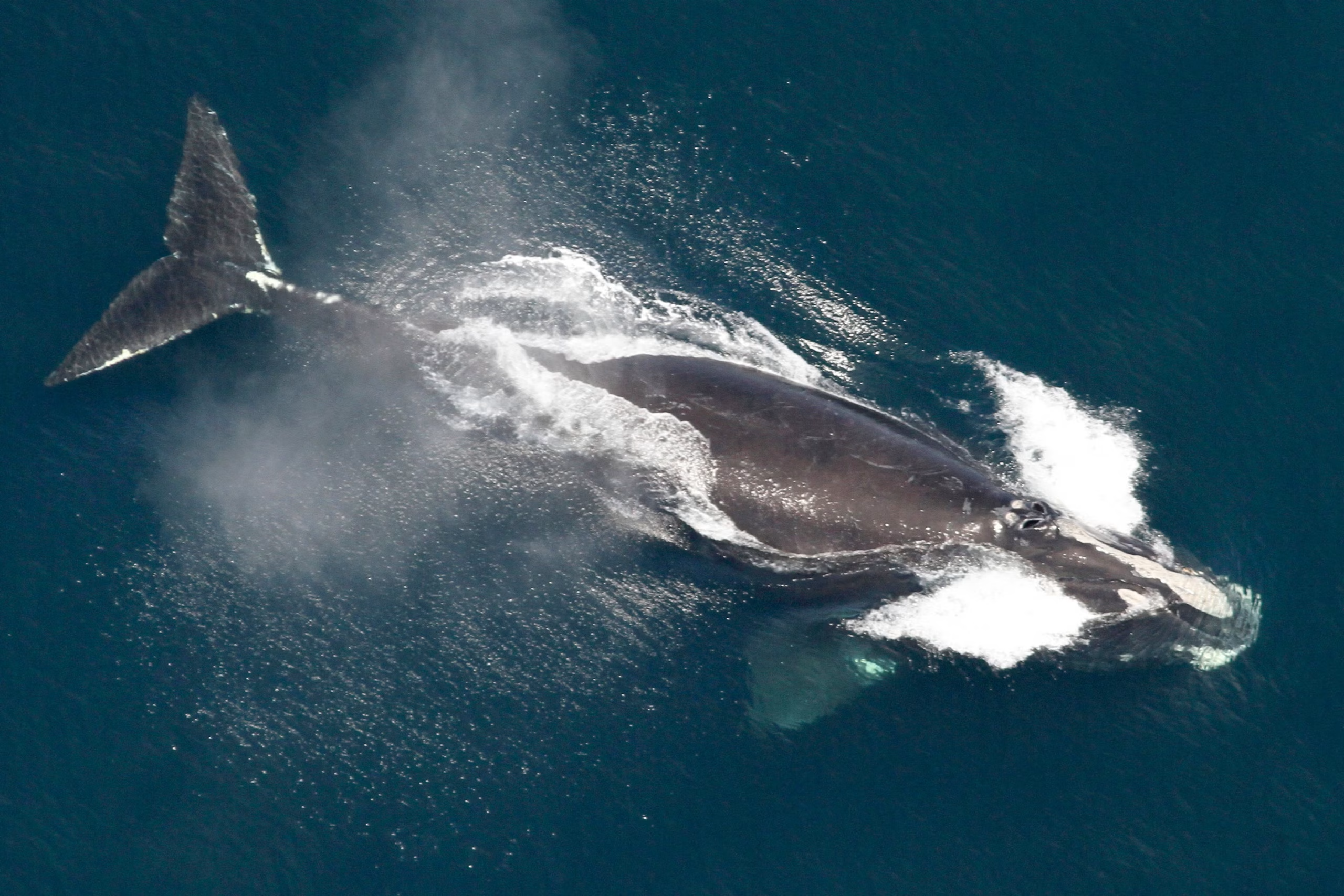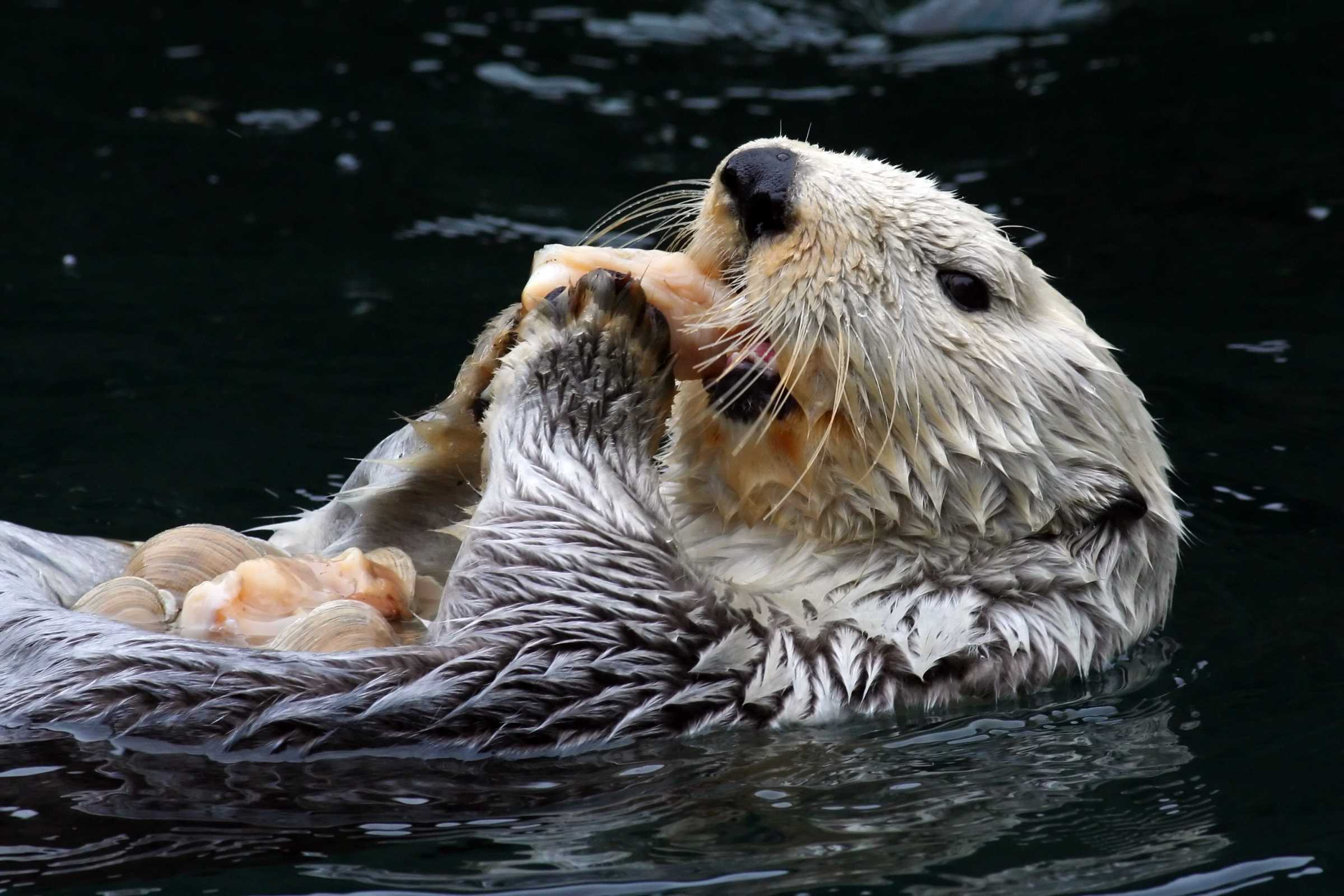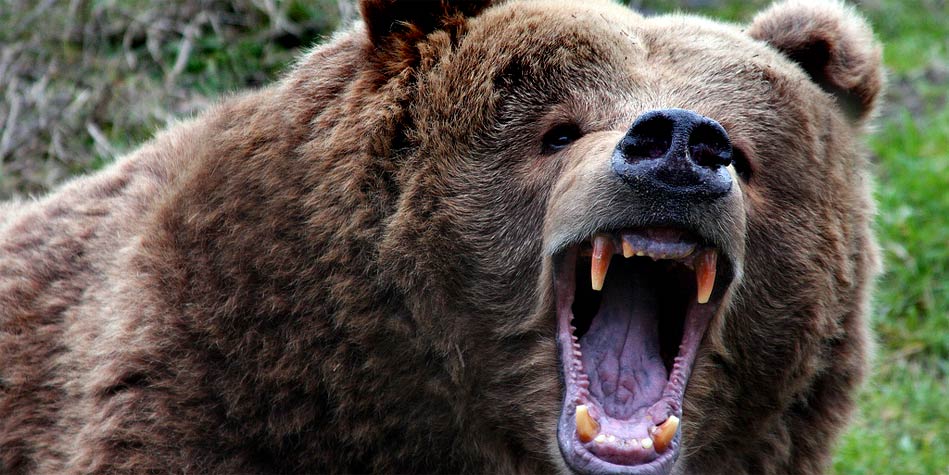Pernahkah kamu membayangkan jika hewan bisa berkomunikasi lebih pintar daripada kita, manusia? Mungkin terdengar aneh, tetapi sebenarnya, ada beberapa spesies hewan yang memiliki kemampuan komunikasi yang sangat canggih, bahkan bisa mengalahkan kita dalam hal tertentu! Yuk, kita ulas beberapa hewan yang bisa dibilang lebih pintar dalam berkomunikasi daripada manusia.
1. Lumba-lumba: Si Jenius Laut
Lumba-lumba mungkin salah satu hewan yang paling terkenal dalam hal komunikasi. Dengan otak yang besar dan sistem sosial yang kompleks, lumba-lumba memiliki cara berkomunikasi yang sangat canggih. Mereka menggunakan klik dan suara frekuensi tinggi untuk berinteraksi satu sama lain. Bahkan, mereka punya nama untuk setiap individu dalam kelompoknya! Ya, mereka bisa membedakan satu sama lain hanya dengan suara yang mereka buat, seperti kita yang punya nama untuk saling memanggil.
Lebih menarik lagi, lumba-lumba juga bisa mempelajari dan menirukan suara manusia. Mereka sudah terbukti dapat mengenali suara manusia dan memberi respons, sesuatu yang bahkan tak semua hewan bisa lakukan.
2. Gajah: Pembicara yang Empati
Siapa bilang gajah hanya tahu makan dan jalan-jalan di hutan? Ternyata, gajah memiliki kemampuan komunikasi yang sangat luar biasa. Gajah tidak hanya menggunakan suara untuk berkomunikasi, tapi juga getaran tanah yang bisa mereka rasakan lewat kaki mereka! Ini memungkinkan mereka untuk “berbicara” jarak jauh, bahkan saat berada di rimba yang padat. Bayangkan, mereka bisa tahu jika ada ancaman atau berita penting hanya lewat getaran di tanah.
Selain itu, gajah juga dikenal sangat empatik. Mereka bisa merasakan emosi teman-temannya dan berkomunikasi dengan cara yang mendalam. Misalnya, mereka bisa mengenali dan merasakan kesedihan atau kebahagiaan dari anggota kelompoknya, lalu meresponsnya dengan cara yang penuh perhatian. Jadi, kalau berbicara soal komunikasi yang penuh perasaan, gajah layak mendapat acungan jempol.
3. Burung Gagak: Ahli Bahasa yang Cerdik
Kita sering melihat burung gagak di sekitar kita, dan mungkin kita tidak menyangka mereka punya kecerdasan luar biasa dalam hal komunikasi. Gagak ternyata bisa berbicara menggunakan suara yang sangat bervariasi, bahkan mereka bisa meniru suara manusia! Tapi, bukan hanya itu. Gagak juga bisa menggunakan suara mereka untuk menyampaikan pesan yang sangat kompleks.
Mereka dikenal mampu menggunakan alat untuk memecahkan masalah dan bahkan berkomunikasi tentang hal-hal yang jauh dari jangkauan mereka. Misalnya, mereka bisa berbicara dengan sesama gagak untuk memberitahukan lokasi makanan atau peringatan tentang ancaman dari predator. Dengan kemampuan ini, gagak menunjukkan bahwa komunikasi mereka bukan sekadar suara, tapi juga strategi yang matang untuk bertahan hidup.
4. Semut: Komunikasi Melalui Pheromone
Kita sering melihat semut berjalan berjajar, tapi siapa sangka bahwa semut sebenarnya adalah ahli komunikasi yang menggunakan bahasa kimiawi! Mereka mengandalkan feromon, atau senyawa kimia, untuk mengirimkan pesan. Saat semut menemukan sumber makanan, mereka akan meninggalkan jejak feromon yang mengarah ke sana. Semut lain akan mengikuti jejak tersebut, dan dalam sekejap seluruh koloni tahu di mana makanan itu berada.
Selain itu, semut juga memiliki cara berkomunikasi yang lebih rumit dalam hal organisasi dan pertahanan diri. Mereka bisa saling memberikan sinyal lewat feromon untuk mengoordinasikan serangan atau melindungi koloni dari ancaman. Sistem komunikasi ini sangat efisien dan memungkinkan koloni semut bekerja dengan sangat terorganisir, layaknya tim yang bekerja sama.
5. Penyu: Pengelana dengan Komunikasi Insting
Meski mungkin terkesan lambat, penyu adalah hewan yang memiliki kemampuan komunikasi insting yang luar biasa. Mereka tidak berbicara dalam arti sebenarnya, tetapi menggunakan berbagai cara untuk berkomunikasi dengan lingkungan dan sesama penyu. Misalnya, penyu laut bisa menavigasi ribuan kilometer menggunakan medan magnet bumi. Mereka juga memiliki kemampuan untuk merasakan perubahan lingkungan di sekitar mereka, yang membantu mereka berkomunikasi tentang bahaya atau perubahan kondisi di habitat mereka.
6. Kelelawar: Komunikasi Sonar yang Canggih
Kelelawar adalah salah satu contoh hewan yang menggunakan sistem sonar atau echolocation untuk berkomunikasi dan menavigasi dunia gelap. Mereka mengeluarkan suara ultrasonik yang memantul kembali saat mengenai objek di sekitar mereka. Dengan cara ini, kelelawar bisa “melihat” dan berkomunikasi melalui suara yang sangat sulit didengar oleh telinga manusia. Kelelawar tidak hanya menggunakan sonar untuk berburu, tapi juga untuk menjaga komunikasi dengan kelompok mereka.
Penutup
Jadi, apakah kita bisa menyimpulkan bahwa hewan-hewan ini lebih pintar dalam berkomunikasi daripada manusia? Tentu saja, setiap spesies memiliki cara dan keunggulannya masing-masing. Meskipun kita manusia memiliki bahasa verbal yang kaya, banyak hewan yang memiliki kemampuan komunikasi yang tak kalah canggih dan bahkan lebih terfokus pada kelangsungan hidup mereka. Bisa dibilang, mereka punya “kecerdasan sosial” yang membuat mereka bisa berkomunikasi dengan sangat efektif, sesuai dengan kebutuhan mereka.
Jadi, lain kali saat kamu melihat lumba-lumba melompat, gajah yang sedang berjalan, atau bahkan sekumpulan semut yang sibuk bekerja, ingatlah bahwa mereka sedang berkomunikasi dengan cara mereka sendiri yang luar biasa pintar!

